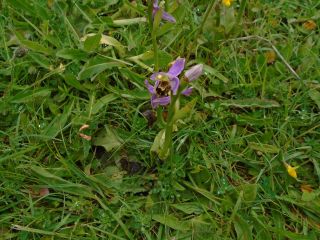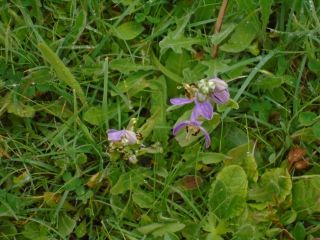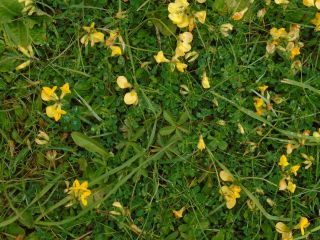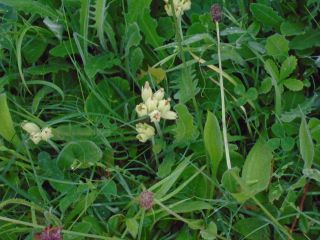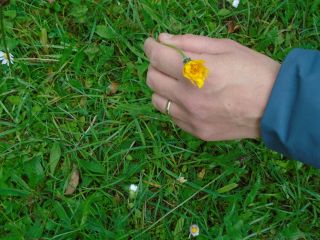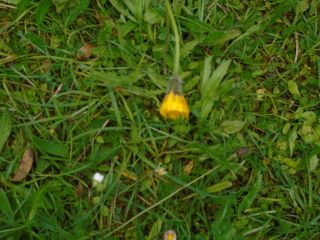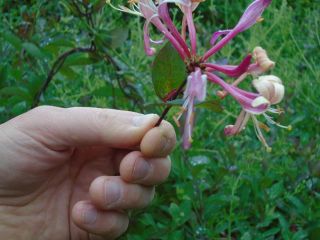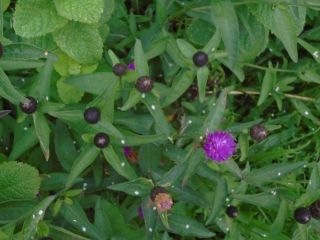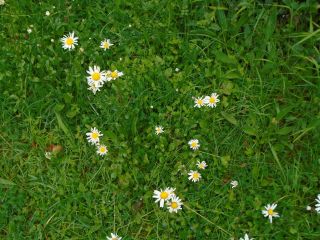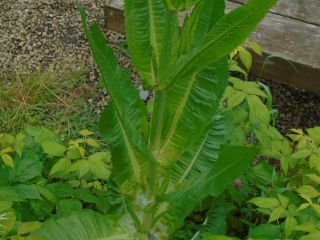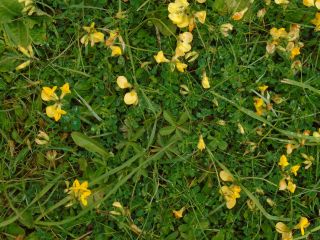During one of his recent workshop days in our school, Patrick Hunt (horticulturist - Heritage in Schools Scheme) drew attention to the 'amazing resource' that we have in the range of plants growing at the rear of the school near the outdoor classroom. He explained that what the school has there is 'a dry grassland habitat' the likes of which is not often seen. He continued...'The plants we found include the bee orchid in abundance (which is extremely rare), hawkbits, knapweed, birdsfoot trefoil, cinquefoil, ox-eye daisy, cowslips, black medick, clovers and yarrow. If you look along the hedge in a few spots the grass has not been cut, you will see that there is an abundance of ox-eye daisies'.
We are currently giving some thought as to how we might manage at least part of this area to allow the wildflowers to grow in abundance. This may involve allowing sections of the grassy areas to grow right throughout the summer. Access strips could be created by simply mowing paths through the meadow. In Autumn, the grassy areas could be cut back completely to the ground and all the cut plant material could be removed once the plants have dropped their seeds. Routine mowing could follow from then until February or thereabouts when the wildflowers would again be given a chance to grow...
Such an approach would afford us an opportunity to enjoy and study plants and butterflies...it would also add a nice burst of colour to the general area.
Please bear with us while we consider and plan around the above. And if you notice a large grassy area that is unmown, it may well reflect deliberate restraint on our part as we focus on and enjoy the biodiversity that is at hand!

